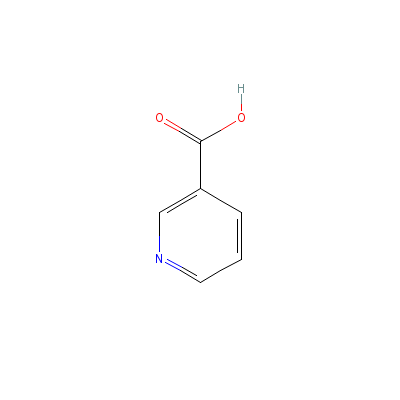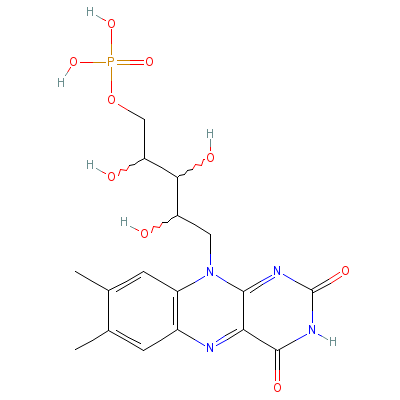Phyllanthus acidus (L.) Skeels |
| |
|
|
Botanical Name |
: |
Phyllanthus acidus (L.) Skeels |
English
Name |
: |
Otaheite gooseberry, Malay gooseberry, Country gooseberry |
Synonym(s) |
: |
Phyllanthus acidissimus (Blanco) Muell. Arg., Phyllanthus distichus (L.) Muell. Arg., Cicca acida (L.) Merr. |
Family |
: |
Phyllanthaceae |
| |
General Info
| Description |
 |
|
A monoecious, small, glabrous tree up to 10 m tall with phyllanthoid branching, bark rough, grey, with prominent lenticels; cataphylls not persistent, blackish-brown, their stipules triangular-ovate; deciduous branchlets ascending, (20-)25-52 cm long, with 25-40 leaves. Leaves broadly ovate to ovate-lanceolate, (4-)5-9 cm x (2-)2.5-4.5 cm, base obtuse to rounded, apex acute, petiole 2.5-4 mm long, stipules triangular-acuminate. Flowers in dense, cushion-shaped cymules at the nodes of leafless branchlets on older wood, and usually also on proximal branchlets of current year's growth, pale green to reddish; male flowers 4-merous, filaments and anthers free, dehiscing vertically; female flowers on a stout pedicel, 4-merous, disk deeply lobed or split, styles connate, deeply bifid, staminodes present. Fruit drupaceous, oblate, 1-1.5 cm x (1.2-)1.5-2(-2.5) cm when fresh, shallowly 6- or 8-lobed, greenish-yellow to creamy-white. Seeds smooth. |
| Herb Effects |
 |
|
Emetic and purgative (latex); laxative and are taken as a liver tonic to enrich the blood (fruit). |
Chemistry
| Active Ingredients |
 |
|
Ascorbic acid, beta-carotene, niacin, riboflavin and thiamin (fruits) |
| Chemistry
of Active Ingredients |
 |
|
|
 |
Name |
CAS# |
IUPAC Name |
Formula |
Structure |
 |
|
| Ascorbic acid |
Not Available |
2-(1,2-dihydroxyethy
l)-4,5-dihydroxy-fur
an-3-one |
C6H8O6 |

|
| Beta-carotene |
Not Available |
3,7,12,16-tetramethy
l-1,18-bis(2,6,6-tri
methyl-1-cyclohexeny
l)-octadec
a-1,3,5,
7,9,11,13,15,17-nona
ene |
C40H56 |

|
| Niacin |
99148-57-9 |
Pyridine-3-carboxyli
c acid |
C6H5NO2 |

|
| Riboflavin |
Not Available |
Not Available |
C17H21N4O9P |

|
| Thiamin |
59-43-8 |
2-[3-[(4-amino-2-met
hyl-pyrimidin-5-yl)m
ethyl]-4-methyl-1-th
ia-3-azoni
acyclope
nta-2,4-dien-5-yl]et
hanol |
C12H17N4OS+ |

|
|
Pharmacology
| Medicinal Use |
 |
|
The bark is heated with coconut oil and spread on eruptions on feet and hands. A decoction of the bark is used to treat bronchial catarrh. Roots are used in the treatment of psoriasis of the feet; boiled and the vapour inhaled to relieve cough and headache. An infusion of the root is taken to alleviate asthma and skin diseases. Leaf decoctions are applied to urticaria. |
Dealers
Products
|
|